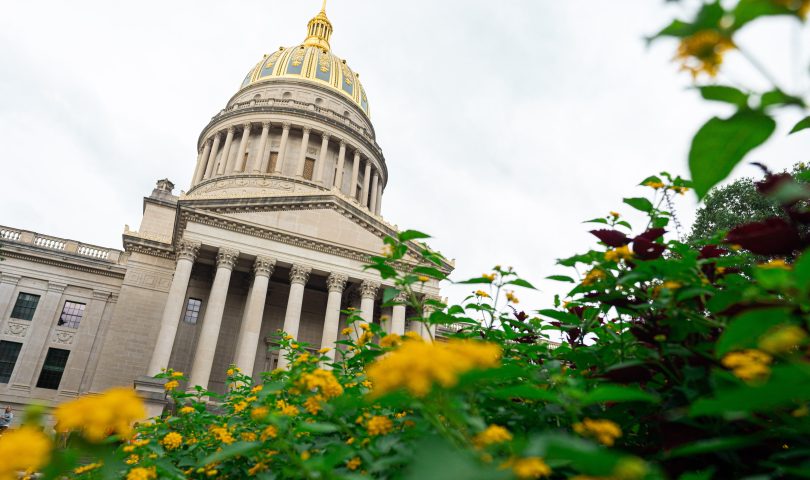MORGANTOWN – Legislators received a mountain of figures on Tuesday demonstrating that there aren’t enough EMS responders across the state.
Delegate Joe Statler, R-Monongalia and co-chair of the Joint Committee on Volunteer Fire Departments and Emergency Medical Services, summarized the problem: “I don’t think we as the citizens of West Virginia realize how critical of a situation we are in.”
Jody Ratliff, director of the Office of Emergency Medical Services, reeled off the figures to the committee on the last day of November interims, held in Wheeling.
Many of the figures reflected the contrast between urban and rural service availability, and the level of funding the services may or may not receive through fees and levies.
The average response times for the five best counties range from 8.61 minutes (Ohio) to 16.32 minutes (Kanawha). The five worst range from 32.7 minutes (Wirt) to 50.33 minutes (Pendleton). Three of the top five have levies or fees, he said. Among 55 counties, there will always be a bottom five, but the question is what’s acceptable and what’s not.
Another measure is time on task – the time from when an ambulance sets out to when it’s free for its next call. Upshur has the best median time on task, at 33 minutes, while Pleasants is worst, with 212 minutes.
Two factors play a role in those times, he said: The five best counties all have hospitals, and statewide 48% of 911 calls cross county lines. Statler recalled an incident, which Ratliff clarified and confirmed, where the family of a boy having a seizure was told to load him in the car, cross the county line and then call 911 to get faster service.
Often, he said, people are told to head toward the hospital and meet EMS somewhere in between. “That’s not uncommon in some of these outlying areas.”
Mutual aid – crossing county lines – is not uncommon. In a single year, Putnam County EMS made 309 responses to Kanawha, while Kanwha made 135 to Putnam. Monongalia EMS made 234 responses to Marion.
In a single year, Ratliff said, 3,215 providers (ambulance staff) made at least one call, but only 1,686 made half of the calls. And while there are more than 1,000 trucks, 89% of calls were handled by just 400 trucks; most trucks are backups.
The state needs 2,500 to 5,000 providers, depending on the shifts they work – whether 12 hours or 24 hours.
EMS services received 1,099,000 calls but made just 420,918 transports. “Over half of what we went out on, we don’t get paid for, it’s free.” The agencies pay for the rest.
The same providers are handling most of the calls, he said, working 80-hour weeks for years. “And we can’t figure out why we’re losing people. I know why they’re burning out. They’re running call after call, seeing death after death. … That’s pressure.”
Asked about possible solutions, he suggested several things. One is require each county to provide a minimum number of trucks. That would minimize mutual aid and keep trucks in-county. Other ideas include better pay and retirement packages.
He and the legislators understood that some small counties can’t afford emergency services. Some counties have no service and rely on contracted services or mutual aid.
Email: dbeard@dominionpost.com





